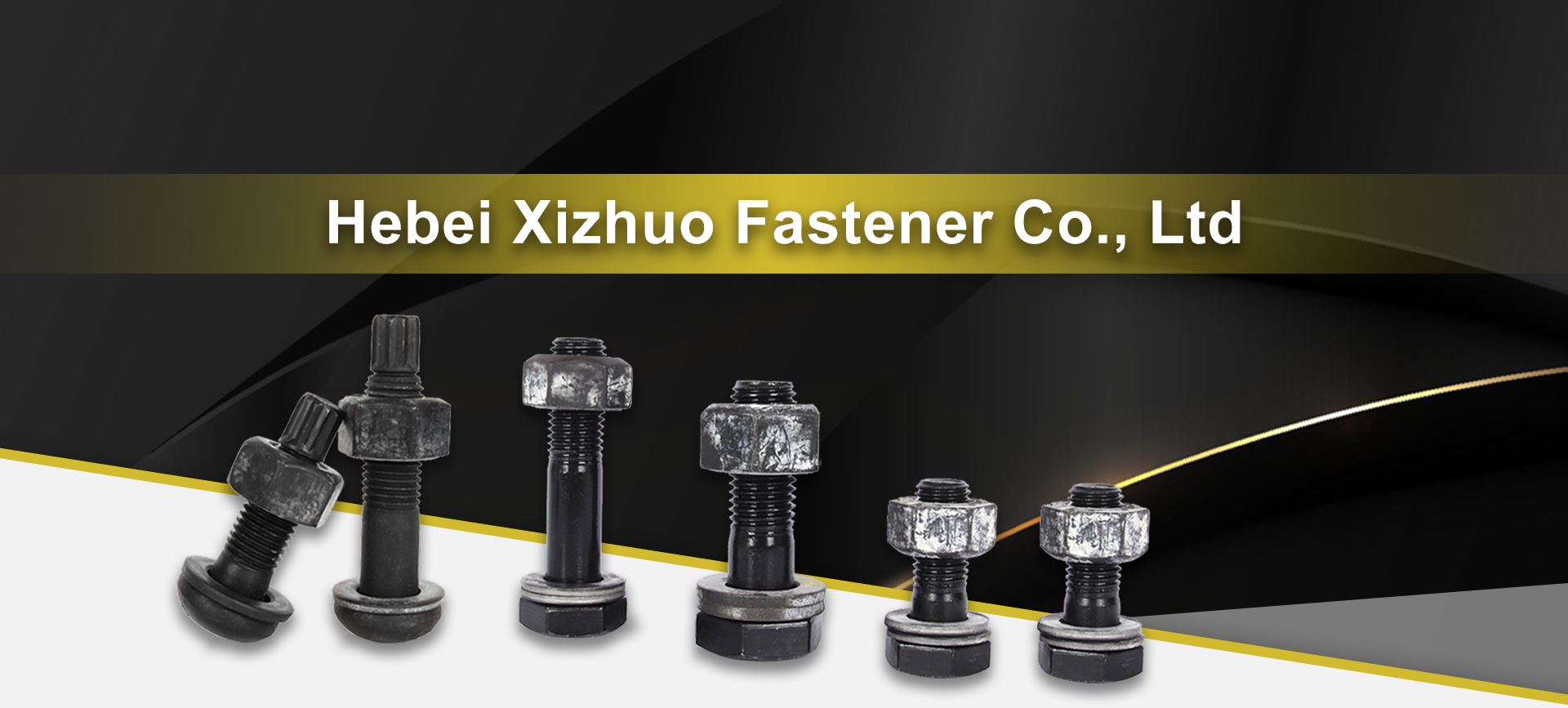High-Performance Bolts for Steel Construction Applications and Structural Integrity
High Strength Bolts for Steel Structures
In the realm of construction, high strength bolts play a critical role, particularly in steel structures. These specialized fasteners are designed to withstand heavy loads and resist deformation, making them essential for various applications ranging from bridges to high-rise buildings. Understanding their characteristics, types, and applications is crucial for ensuring the integrity and durability of steel structures.
High strength bolts are characterized by their superior tensile strength and yield strength compared to standard bolts. Typically made from alloy steel and often subjected to heat treatment, these bolts can achieve tensile strengths exceeding 1,000 MPa (megapascals). The high strength characteristics are achieved through specific manufacturing processes, which include heat treatment and cold working. These manufacturing techniques not only enhance their mechanical properties but also improve their ability to absorb energy and resist fracture under stress.
One of the most commonly used types of high strength bolts is the ASTM A325 bolt, which is suitable for structural applications. These bolts are specifically designed for use in pre-tensioned connections, where the bolt is tightened to a specified tension before being secured. Another prevalent type is the ASTM A490 bolt, which is used in heavy structural applications requiring a higher strength than A325 bolts. A490 bolts are often utilized in critical areas of construction where safety is paramount.
high strength bolts for steel structure

High strength bolts often work in conjunction with a variety of accessories, including washers, nuts, and various coatings. Washers help distribute the load over a larger area, reducing the risk of damaging the surfaces being fastened. Additionally, nuts must be compatible with the bolts to ensure a secure fit. Protective coatings such as galvanization or epoxy are frequently applied to high strength bolts to enhance their resistance to corrosion, a significant factor in maintaining the longevity of steel structures, particularly in harsh environments.
The installation of high strength bolts requires precise methods to ensure optimal performance. Common installation techniques include tensioning and bearing methods. Tensioned bolts are subjected to a pre-defined force, creating a clamping effect that secures the connection. This method is particularly effective for joints that will experience dynamic loads, such as those found in bridges or buildings subjected to wind or seismic forces. On the other hand, bearing-type connections are designed to transfer loads through the bolt shank, relying on the bearing surfaces of the connected parts.
Safety standards and regulations are paramount in ensuring that high strength bolts meet the necessary criteria for structural integrity. Organizations such as the American Institute of Steel Construction (AISC) and ASTM International provide guidelines on bolt specifications, installation procedures, and testing methods. These standards help to ensure that the performance of high strength bolts is reliable and that the structures they secure are safe for use.
In conclusion, high strength bolts are an indispensable component of modern steel construction. Their unique properties and robust design make them suitable for a variety of applications, ensuring the safety and stability of steel structures. As technology advances, innovations in materials and manufacturing methods will likely continue to enhance the performance and reliability of high strength bolts, further solidifying their importance in the engineering and construction industries.
-
Weatherproof Plastic Expansion Anchors for OutdoorHabariJun.06,2025
-
Sustainability in the Supply Chain: Eco-Friendly TEK Screws ProductionHabariJun.06,2025
-
Load-Bearing Capacity of External Insulation FixingsHabariJun.06,2025
-
Double Head Bolts: Enhancing Efficiency in Industrial MachineryHabariJun.06,2025
-
Corrosion Resistance in Chipboard Screws: Coatings for Wholesale DurabilityHabariJun.06,2025
-
Butterfly Toggle Bolts : Enhancing Structural ResilienceHabariJun.06,2025
